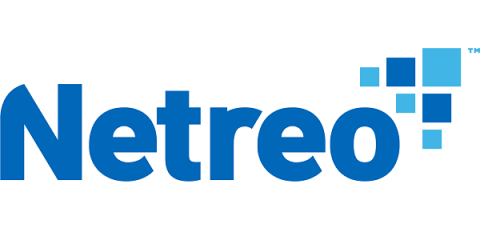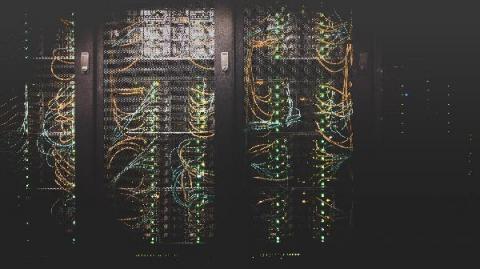Remote Server Management Guide: What Is It and How It Works
Remote server management is a proven strategy used for increasing the uptime and responsiveness of your IT infrastructure. It manages the performance, health, and utilization of remote servers or back-end systems on various networks. After reading this post, you’ll understand what remote server management is, how it works, and how to implement it.










